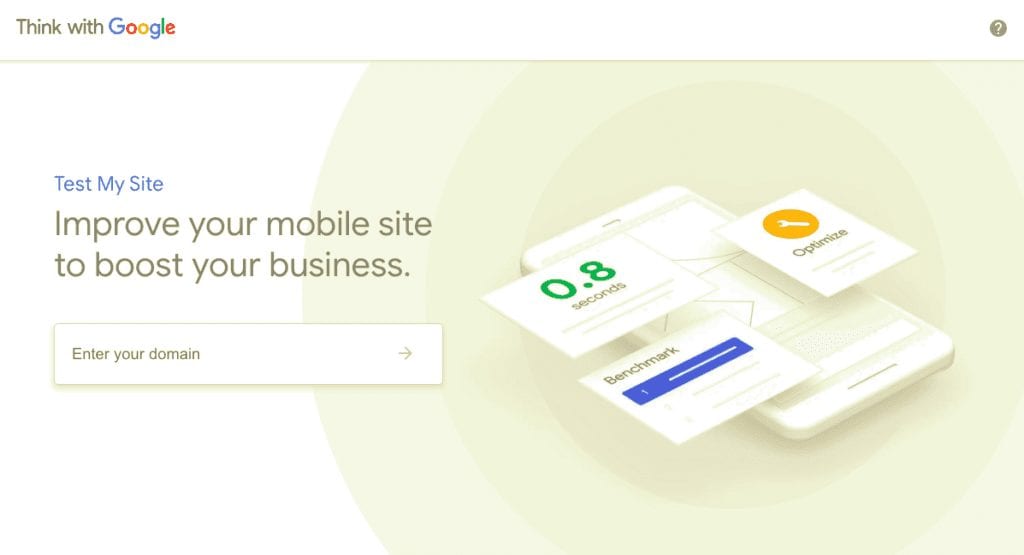Since Apple introduced the iPhone more than a decade ago, mobile phones have accounted for an increasingly large percentage of retail sales. Obviously, e-commerce had to adapt to this shift in consumer behavior even before brick-and-mortar retailers—and yet, you’d be surprised how many ecommerce sites are not optimized for mobile devices.
Likewise, we see far too many campaigns that fail to take device placements and device modifiers into account at all. Are you including device modifiers in your campaigns? Let’s take a look at three ways you can account for mobile devices in your PPC campaigns—and maximize profit!

1. Check Out Your Site on Mobile

This is by far the most common device problem we encounter when working with clients. Optimizing a site for mobile isn’t easy, but it’s increasingly important as more and more retail sales move online.
Page speed, coding problems and a lack of responsive design can all negatively impact sales on mobile. And this problem is only likely to get worse as time goes on.
Google offers Test My Site, a robust tool for measuring the usability of your site on mobile. It can highlight potential areas for improvement, and offer an analysis of incremental lift if these changes are made. You can even compare your site to a competitor’s to see where you’re falling short.
Check out the tool here: https://www.thinkwithgoogle.com/feature/testmysite/

2. Add Call Tracking (If Applicable)

More than 150 billion calls are expected to be made to businesses from mobile devices in 2020 – and undoubtedly, at least a few will be coming to you! If phone calls or sales make up a large part of your sales and revenue, make sure you are correctly attributing those calls to the campaigns that drove them.
Third-party call tracking can help close that gap. This type of software “tags” calls made from your site or your advertising, and records referral information before forwarding on to you. Once the calls have been registered with the system, you can see exactly which campaigns are successfully driving phone sales. You might be surprised – what seemed like an unsuccessful campaign may actually have been pushing a significant number of customers toward your business.
Want to learn more about third-party call tracking? Check out our how-to guide! And for a real-life example of how this kind of attribution can help improve your marketing efforts and drive profit, read this case study.

3. Use Device Modifiers to Focus on Profit

This is the most important factor in managing devices across PPC campaigns. In a profit-driven system, every device type should produce an equal rate of profit. In other words—when you adjust bids, you should be sure that those device modifiers have equal impact across devices.
This does not mean you should avoid using device modifiers, though! You just need to apply a data-driven method for assessing the performance of each type, and control for that performance. If mobile tends to produce profit at a 10% higher rate, then place appropriate modifiers to account for the increased performance. Likewise, do the same for device types that don’t perform as well.

Optimizing for Mobile and Using Device Modifiers
If your site isn’t optimized for mobile – you’re losing out on sales. Likewise, your marketing should account for sales from devices other than desktop. Attributing phone sales is important, but your bidding strategy will really make a difference. Add device modifiers to ensure every device is producing profit at the same rate for your business!
Still not sure how to optimize for device modifiers in your campaigns? Reach out today—an Omnitail analyst will be happy to help!








